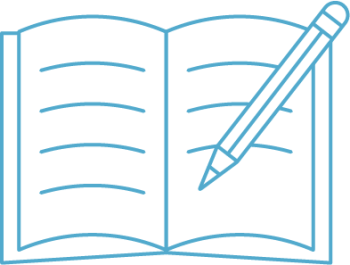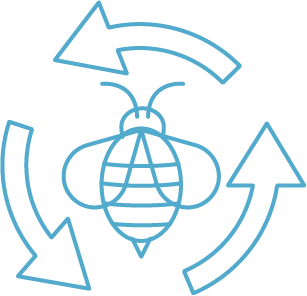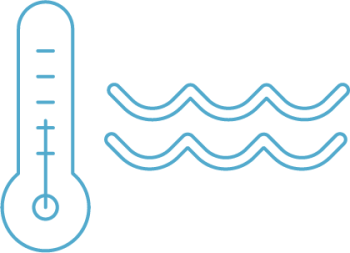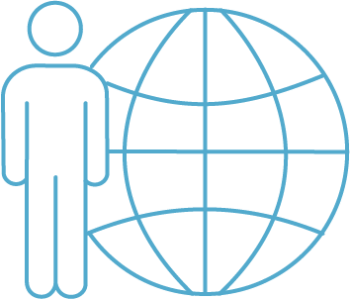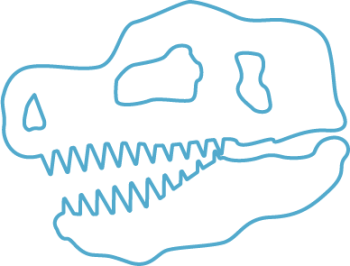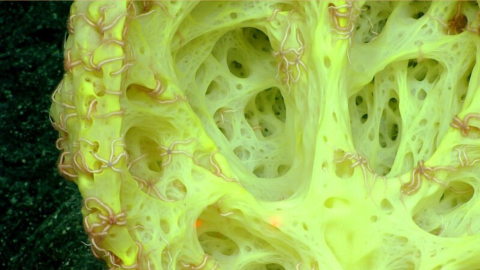Biomimicry
Strong, but flexible sponges inspire new materials. Scientists created their own spicules, imitating the support structure of sponges: "Inspired by Deep Sea Sponges: Creating Flexible Minerals".
Read about how the structural strength of glass sponges has inspired design in this article: Glass sponges hold internal secrets to structural strength.
Listen to story and read the article "Deep Sea Sponges Are Master Builders in Glass" that accompanies the story. And read how engineers may find answers from sponge skeletons.
Medical
Sponges can’t move away from predators and they must compete for space in dense communities like coral reefs. So sponges have an arsenal of chemicals for defense and most of them probably come from the bacteria that live in the sponge’s body. Pharmaceuticals from natural products often are derived from these kinds of defensive chemicals. So scientists have tested many compounds in sponges and several drugs have been developed with more being tested. Read: "Bacteria From Sponges Make New Pharmaceuticals".
Half of the body of sponges is made of bacteria. The relationship between sponges and bacteria may be very old. Scientists are conducting research on some of these bacteria to see what useful pharmaceuticals might be derived from the bacteria. Read about a scientist who “bio-prospects” for medicines from sponges: Five Questions for Shirley Pomponi, Medical Sponge Hunter.
Researchers have tested compounds in sponges for medicines, called bioprospecting, and have found many useful compounds including antiviral drugs, like AZT used to fight HIV-AIDS, and the anticancer agents, were developed from extracts of sponges. Other compounds are being tested for anti-inflammatory and anti-bacterial drugs.
The complete genetic analysis of sponges (2010) shows that it has “same core building blocks for multicellular form and function that still sits at the heart of all living animals, including humans”: Read more in the Berkeley News.
